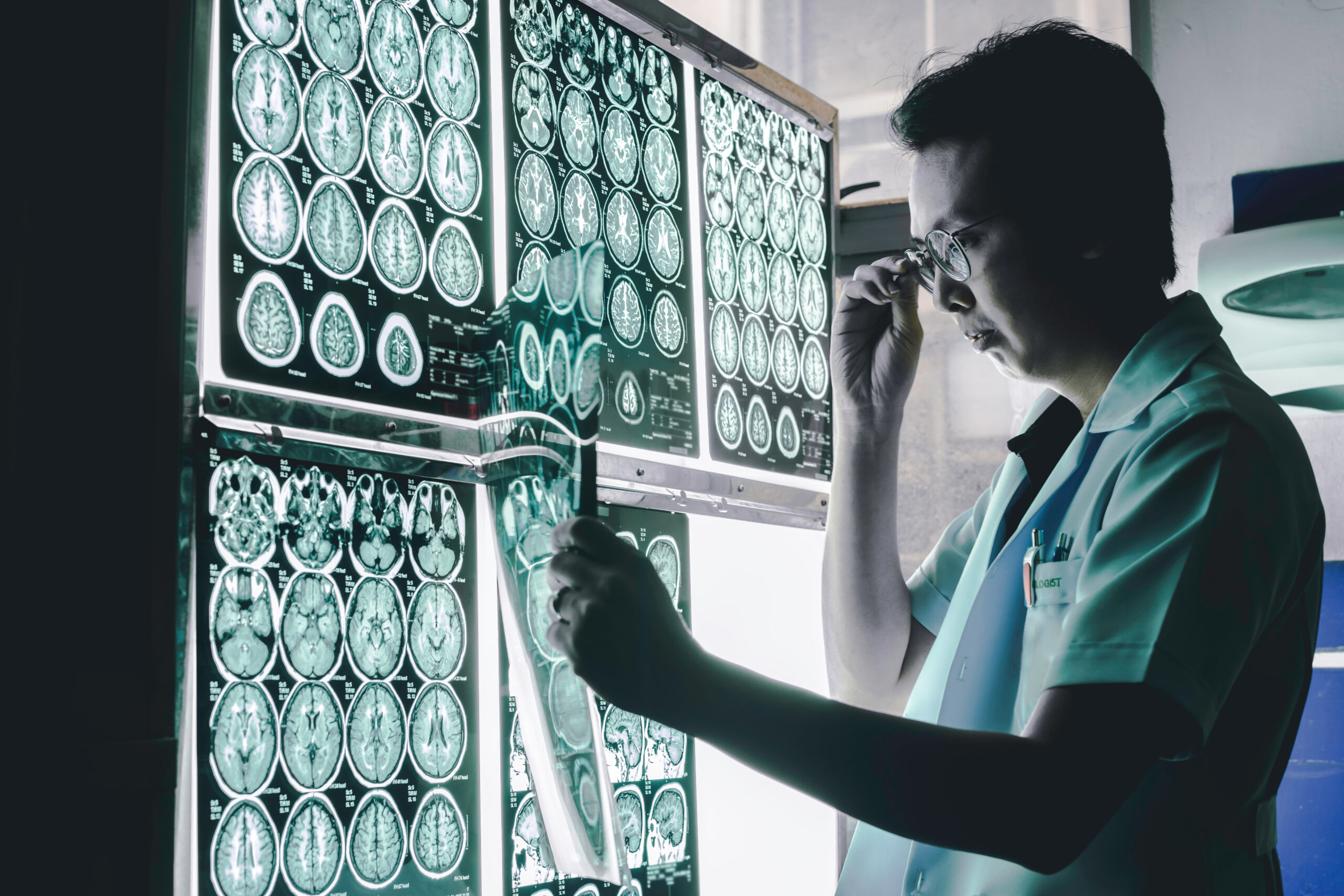The Memory Beacon: Familiar Landmarks Creating Guiding Lights in Dementia Care
The Memory Beacon: Familiar Landmarks Creating Guiding Lights in Dementia Care
For individuals living with dementia, navigating their surroundings can become increasingly challenging. This is not just due to memory loss but also because of changes in visual perception. Dementia can affect how the brain processes visual information, leading to difficulties in recognizing familiar objects, people, and places. However, by incorporating familiar landmarks into their environment, caregivers can create guiding lights that help individuals with dementia feel more secure and oriented.
### Understanding Visual Challenges in Dementia
As people age, their ability to process visual information declines. This decline is exacerbated by conditions like cataracts, glaucoma, and macular degeneration. In dementia, the brain’s visual processing centers are further affected, leading to problems such as reduced depth perception, difficulty recognizing faces, and decreased sensitivity to color contrasts[1]. These changes can cause confusion, anxiety, and unusual behaviors.
### The Role of Familiar Landmarks
Familiar landmarks serve as memory beacons, helping individuals with dementia to better understand their environment. By strategically placing recognizable objects or signs, caregivers can create a sense of familiarity and comfort. For example, using clear signage in memory care facilities can help residents navigate more easily. Similarly, placing personal items like family photos or favorite objects in strategic locations can provide reassurance and orientation.
### Creating a Supportive Environment
To effectively use familiar landmarks, caregivers should consider the following strategies:
– **Clear Signage**: Use large, clear signs to label rooms and areas. This helps individuals with dementia understand where they are and where they need to go.
– **Familiar Objects**: Place personal items like photos, favorite furniture, or decorative pieces in visible locations. These objects can serve as memory triggers and provide comfort.
– **Consistent Layout**: Maintain a consistent layout in living spaces. This reduces confusion and makes it easier for individuals to navigate their environment.
– **Contrasting Colors**: Use contrasting colors to highlight important features like stairs, doors, or bathroom facilities. This can help individuals with reduced color sensitivity.
### Benefits of Familiar Landmarks
Incorporating familiar landmarks into dementia care offers several benefits:
– **Reduced Disorientation**: By providing visual cues, individuals with dementia are less likely to feel disoriented or lost.
– **Increased Independence**: Familiar landmarks can empower individuals to move around more confidently, promoting independence.
– **Improved Mood**: Recognizable environments can reduce anxiety and stress, leading to an improved mood and overall well-being.
### Conclusion
Familiar landmarks play a crucial role in dementia care by serving as guiding lights that help individuals navigate their surroundings more effectively. By understanding the visual challenges faced by those with dementia and incorporating recognizable objects and signs into their environment, caregivers can create a more supportive and comforting space. This approach not only enhances the quality of life for individuals with dementia but also supports their caregivers in providing more effective care.





